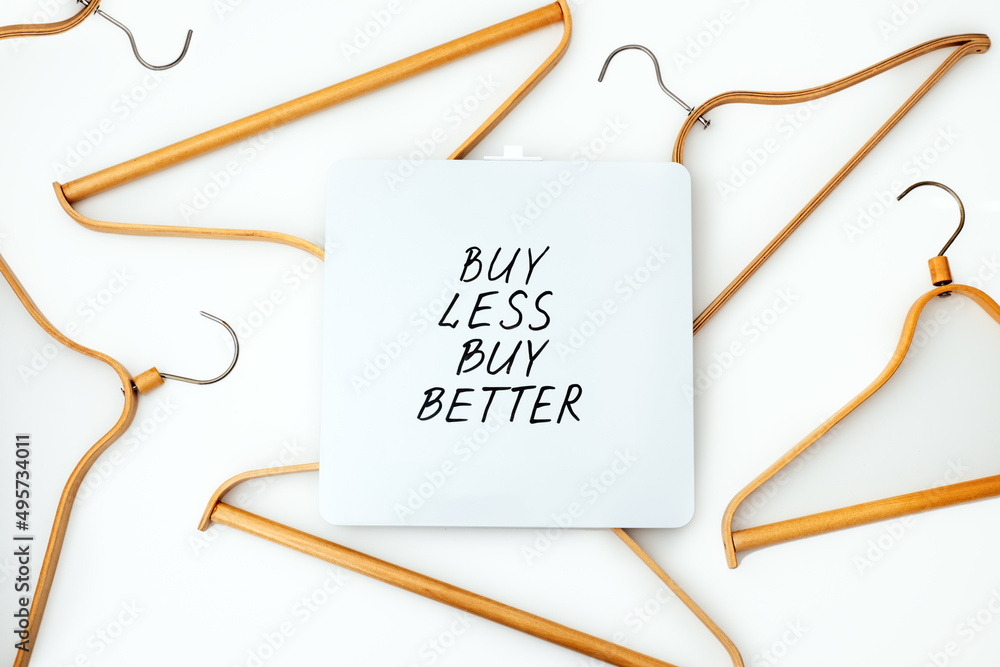
The fashion industry is known for its fast-paced and ever-changing trends that encourage consumers to constantly buy new clothes. However, this fast fashion model has a significant impact on the environment, society, and even the quality of the clothes themselves. This is where the concept of slow fashion comes in, which promotes a more sustainable and ethical approach to fashion.
What is Slow Fashion?
Slow fashion is a movement that advocates for fashion production and consumption practices that prioritize quality, durability, and environmental and social responsibility over fast, cheap, and disposable fashion trends. The term “slow fashion” is inspired by the slow food movement, which promotes local and organic food production and consumption practices.
Slow fashion is a response to the negative impact of fast fashion on the environment and society. Fast fashion involves producing clothes quickly and cheaply, often using low-quality materials and labor practices that prioritize profit over people and the planet. This results in a culture of overconsumption, waste, and exploitation that harms the environment and workers.
In contrast, slow fashion encourages consumers to buy fewer clothes of higher quality, invest in timeless and versatile pieces, and support local and ethical fashion brands that prioritize fair labor practices and use eco-friendly materials and production processes. Slow fashion aims to create a more conscious and mindful approach to fashion that values the impact of fashion on people and the planet, as well as the long-term value of quality and timeless fashion pieces.
Benefits of Slow Fashion
Slow fashion has many benefits, both for consumers and the environment. By buying fewer clothes of higher quality, consumers can save money in the long run by investing in pieces that will last longer and be more versatile. Slow fashion also encourages consumers to value the craftsmanship and design of clothes, which can be a source of pride and identity.
In terms of the environment, slow fashion reduces the amount of waste and pollution generated by the fashion industry. It also promotes the use of eco-friendly materials and production processes, which reduces the carbon footprint of the fashion industry. Slow fashion also supports local and ethical fashion brands, which can contribute to the local economy and create a more sustainable and just fashion industry.
How to Practice Slow Fashion
There are many ways to practice slow fashion as a consumer. Here are some tips:
- Buy fewer clothes: Instead of constantly buying new clothes, focus on buying high-quality pieces that will last longer and be more versatile.
- Invest in timeless pieces: Invest in classic pieces that can be worn in different ways and will never go out of style.
- Support local and ethical fashion brands: Look for fashion brands that prioritize fair labor practices and use eco-friendly materials and production processes.
- Shop secondhand: Shop at thrift stores, consignment shops, and online marketplaces to find unique and affordable pieces while reducing waste.
- Care for your clothes: Take good care of your clothes by following the care instructions, repairing them when necessary, and donating or recycling them when you no longer need them.
Conclusion
Slow fashion is a movement that promotes a more sustainable and ethical approach to fashion. It encourages consumers to buy fewer clothes of higher quality, invest in timeless and versatile pieces, and support local and ethical fashion brands that prioritize fair labor practices and use eco-friendly materials and production processes. By practicing slow fashion, consumers can save money, reduce waste and pollution, and contribute to a more sustainable and just fashion industry.
